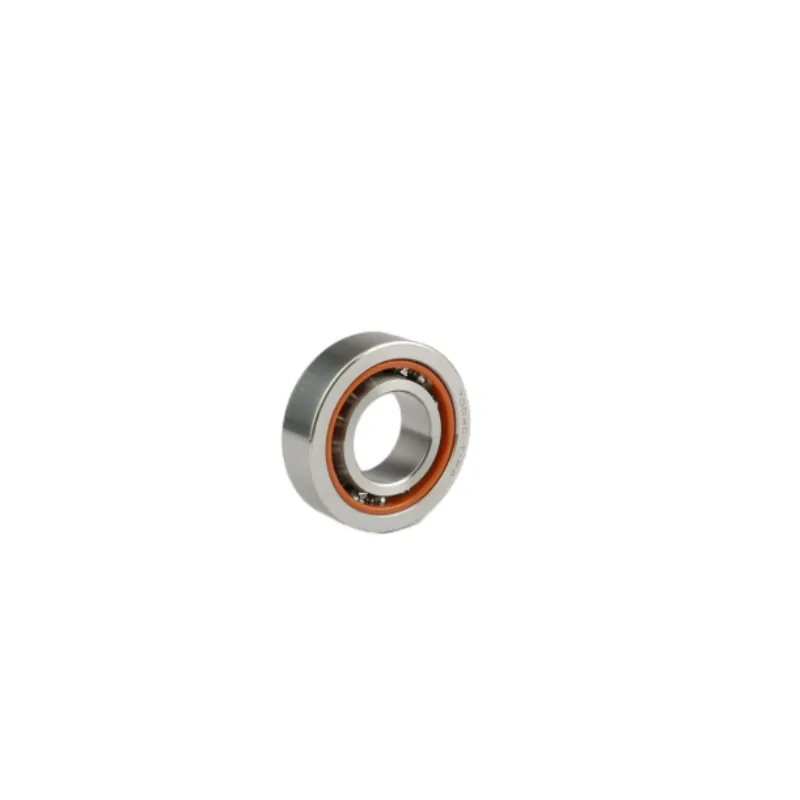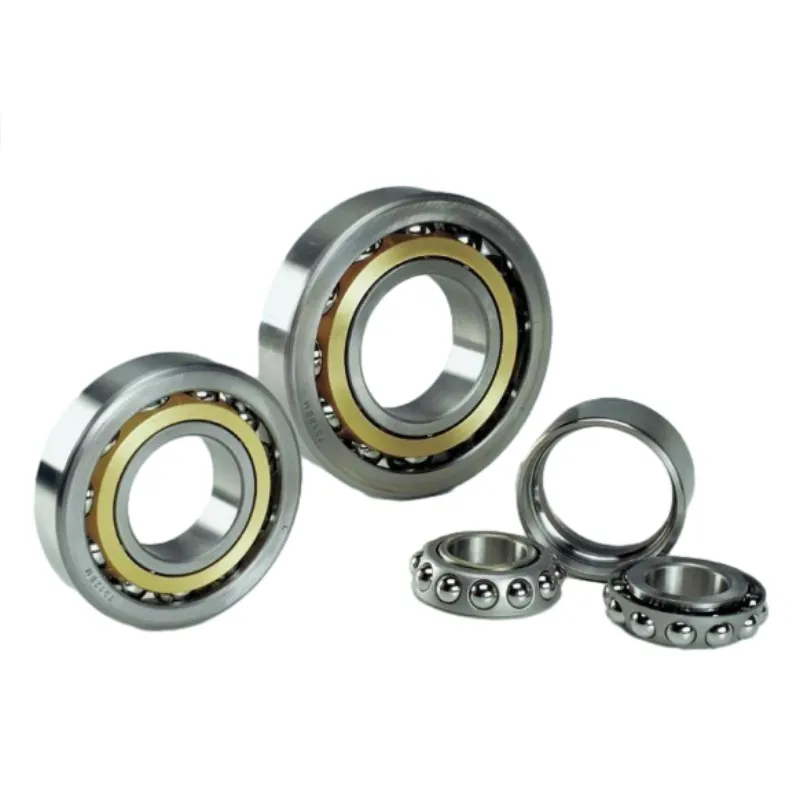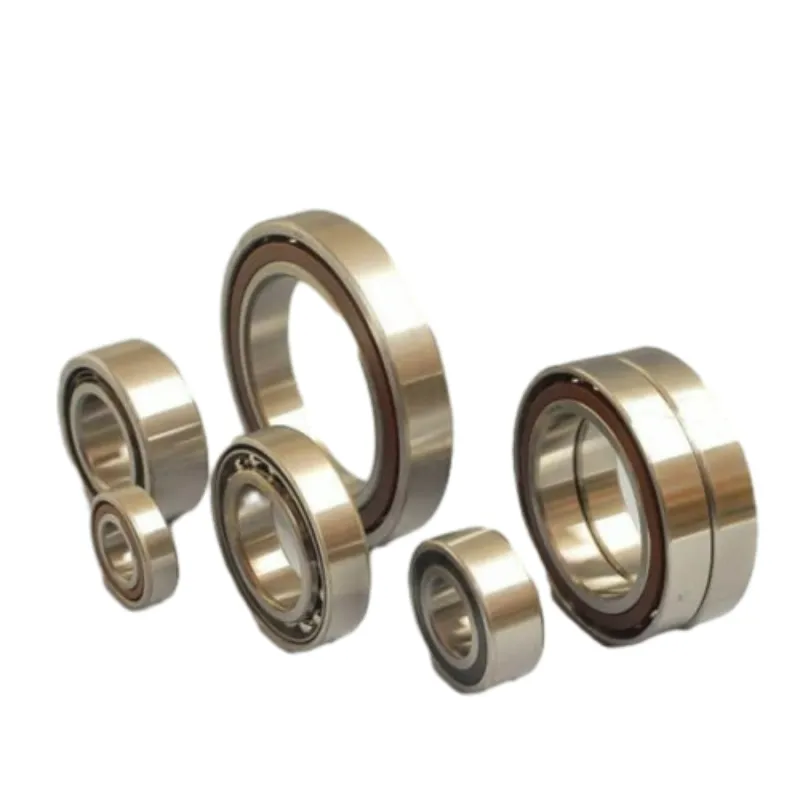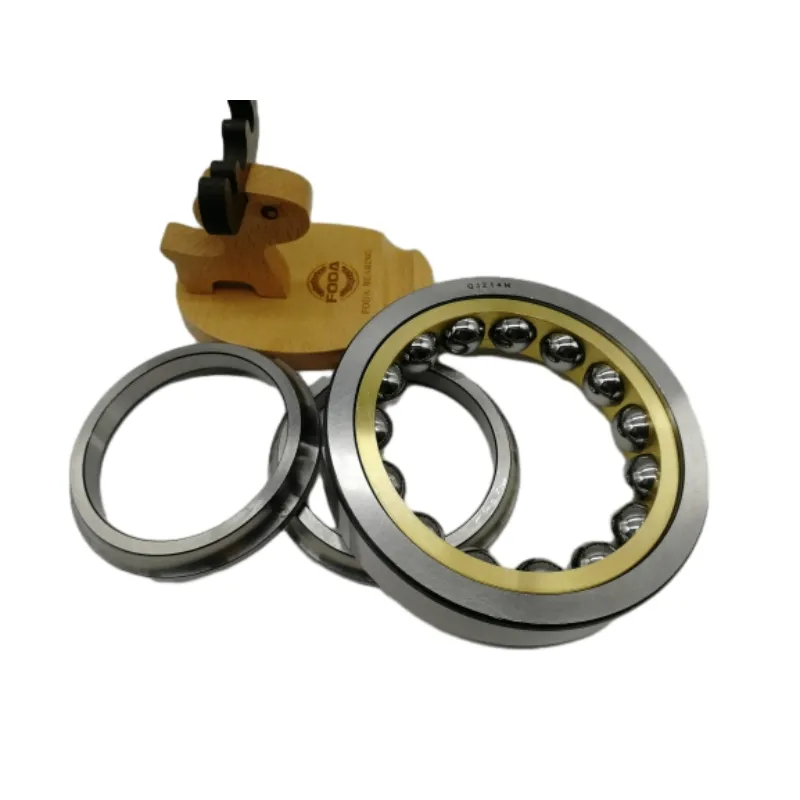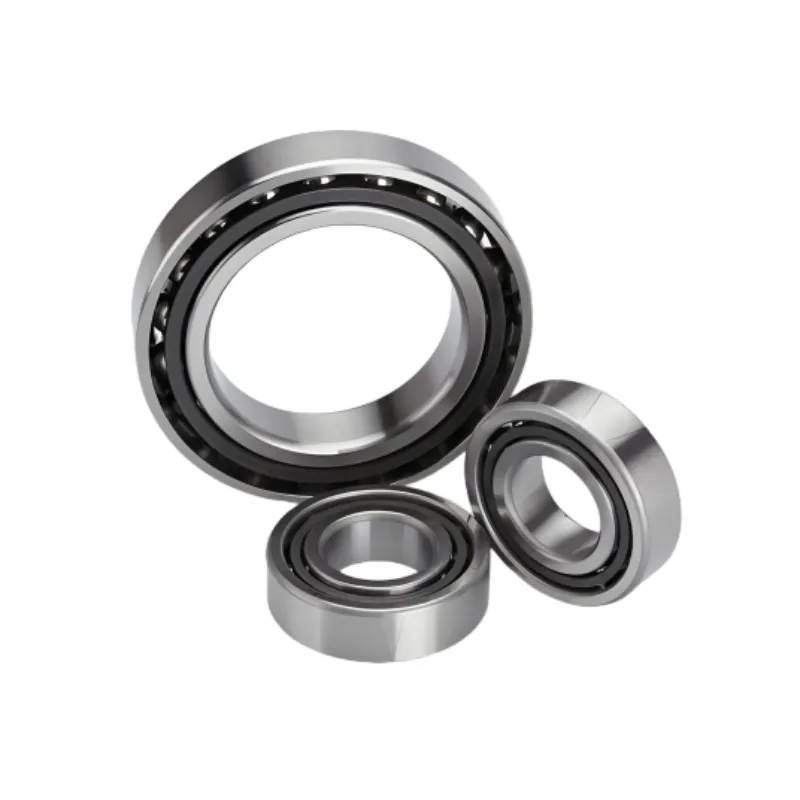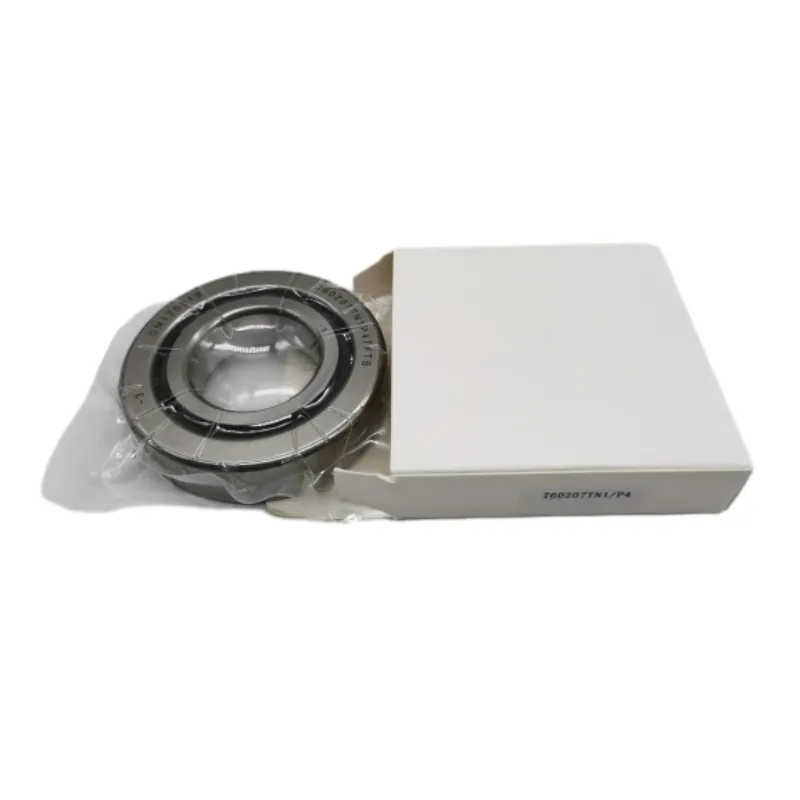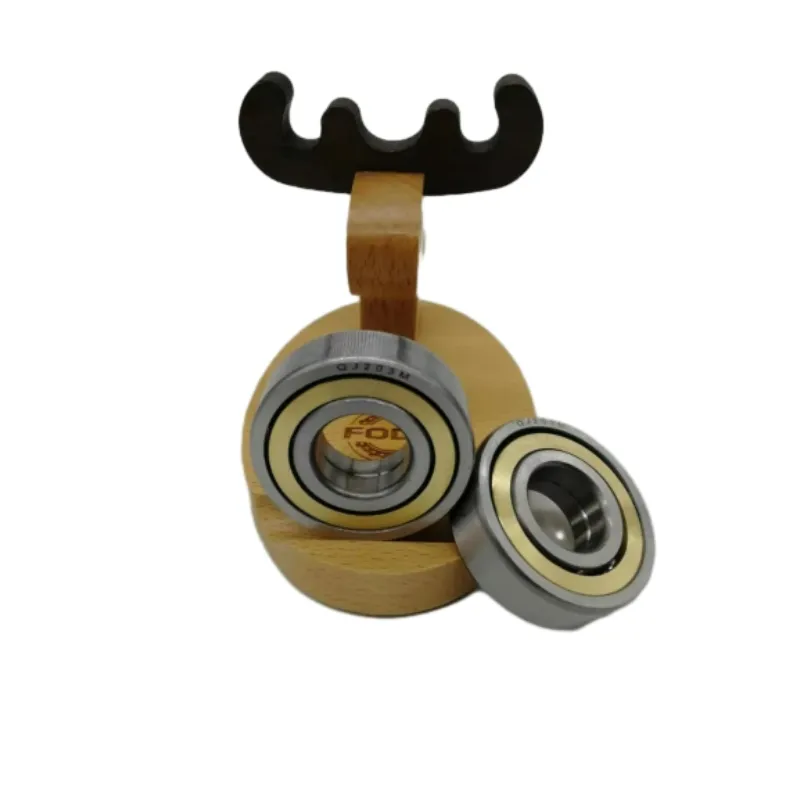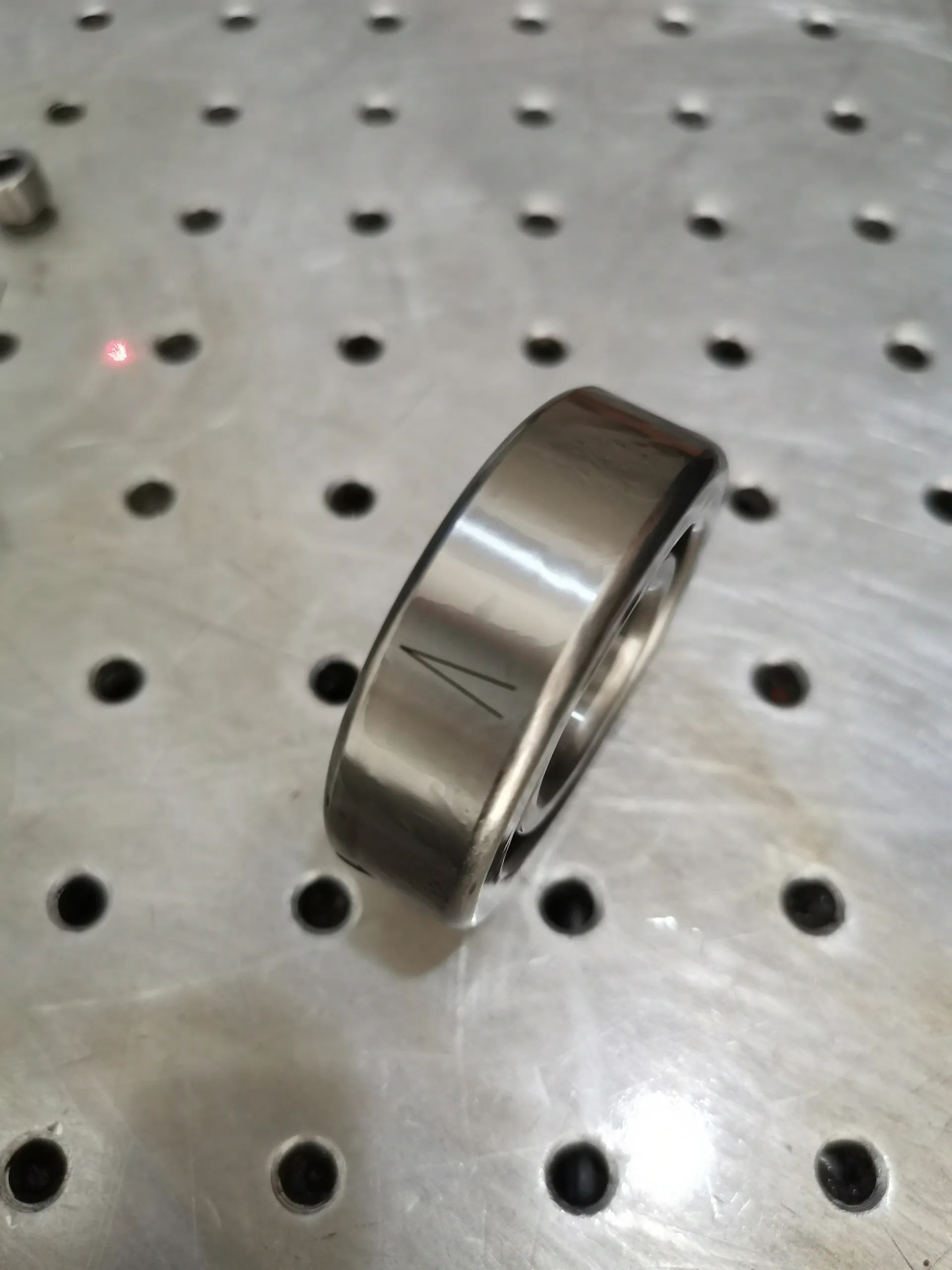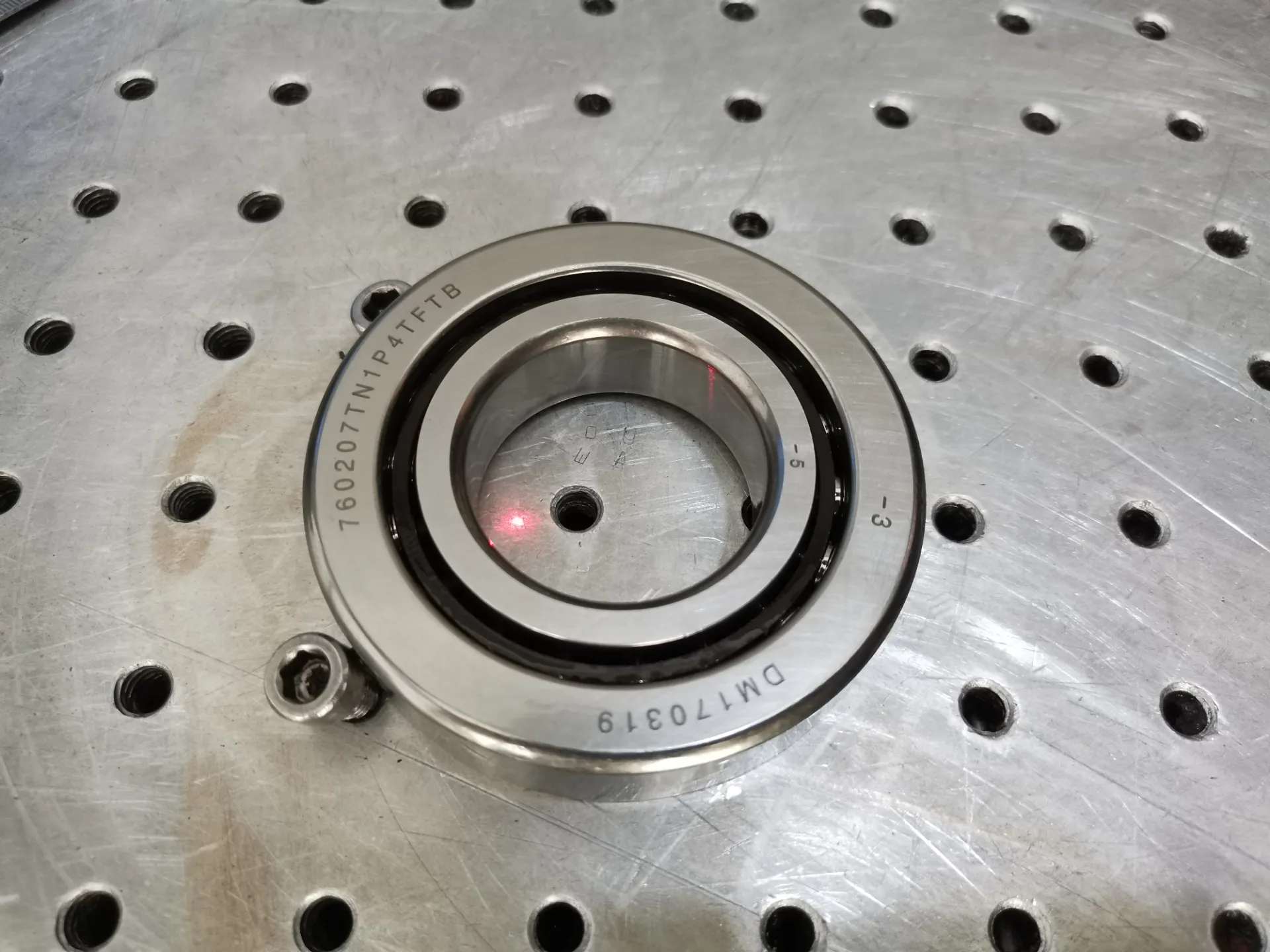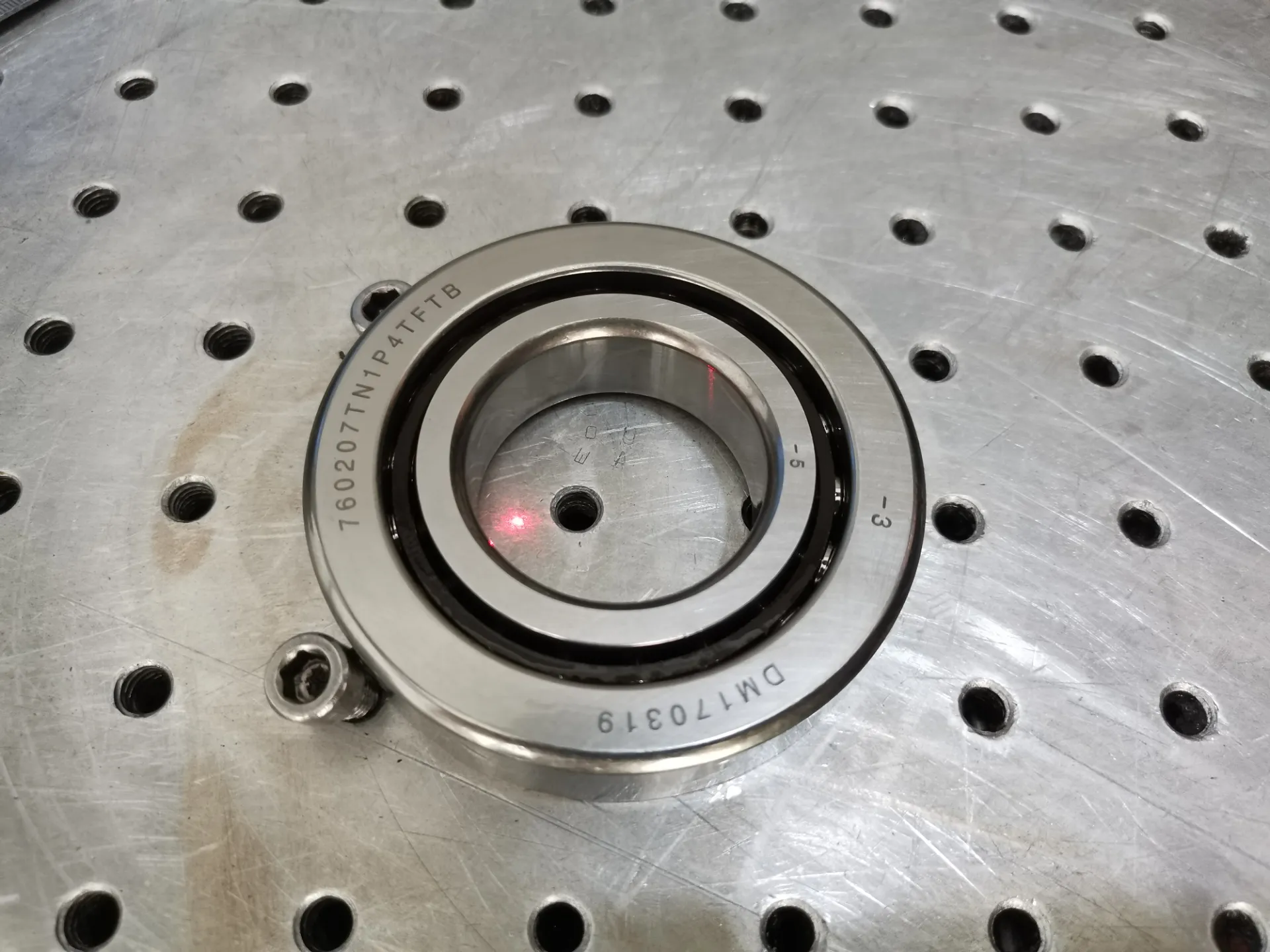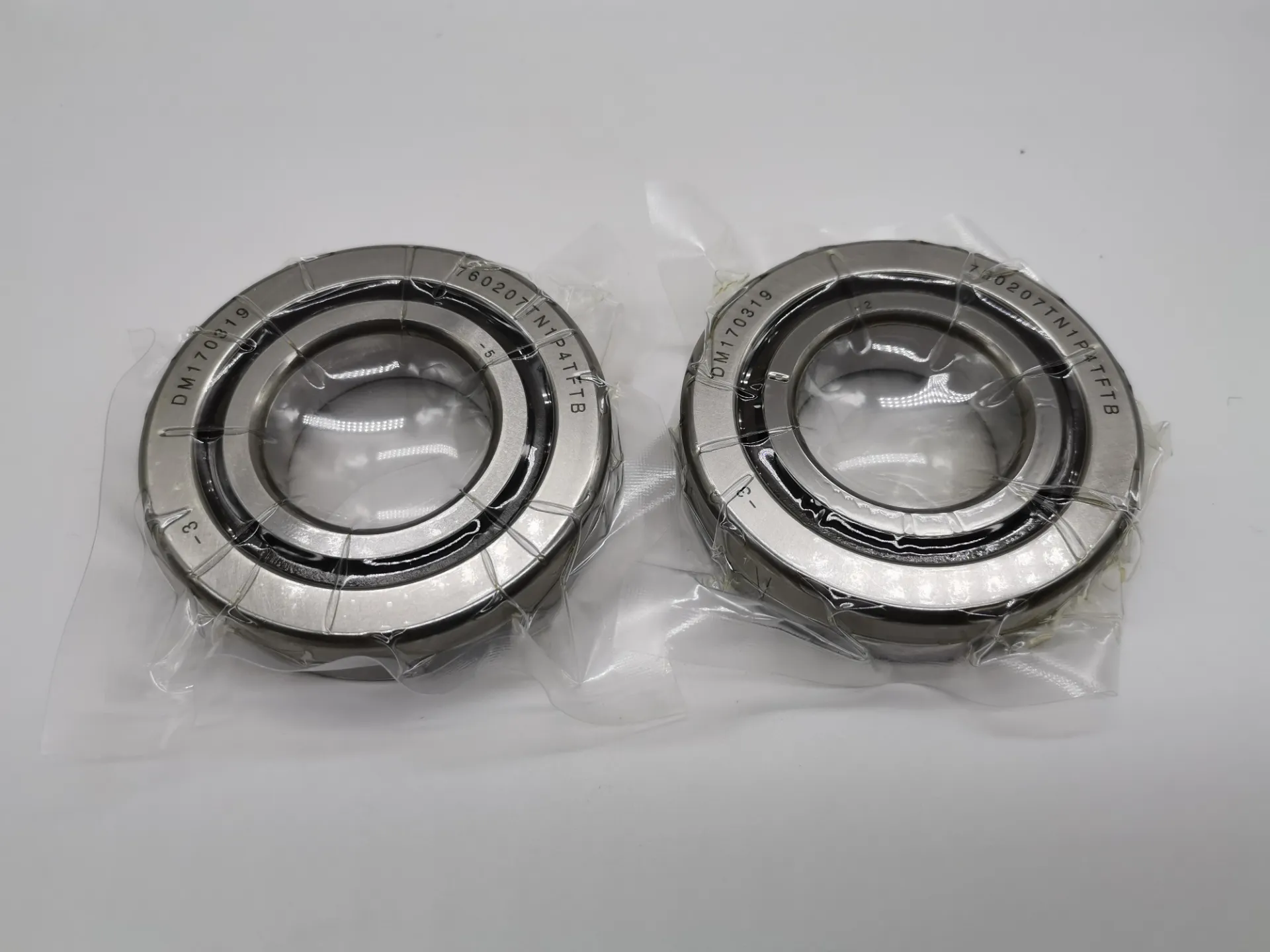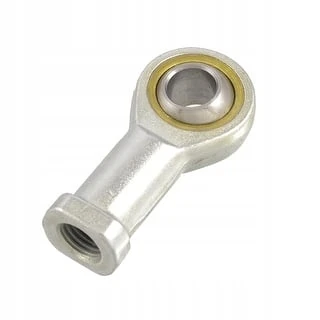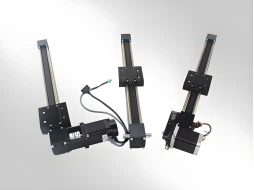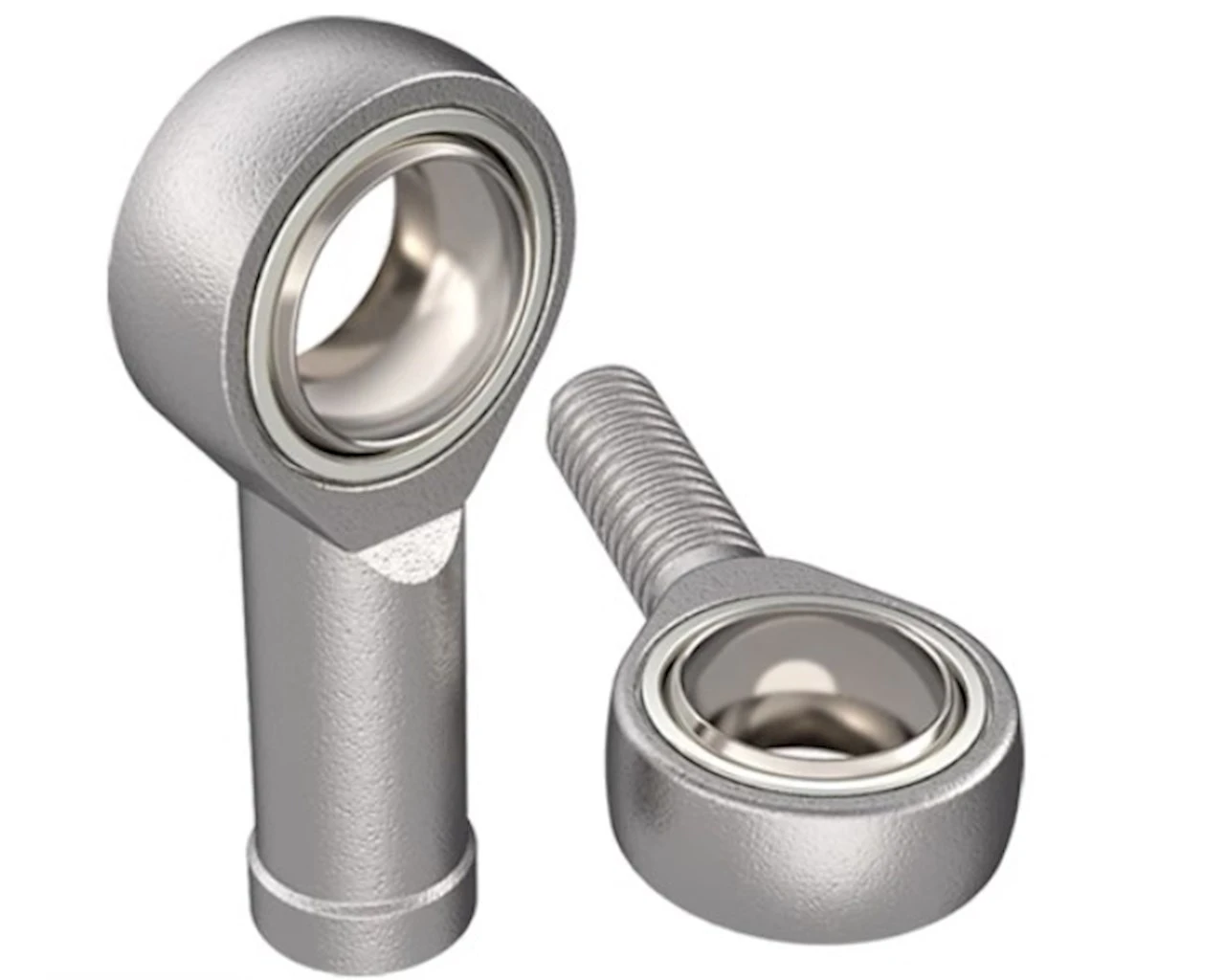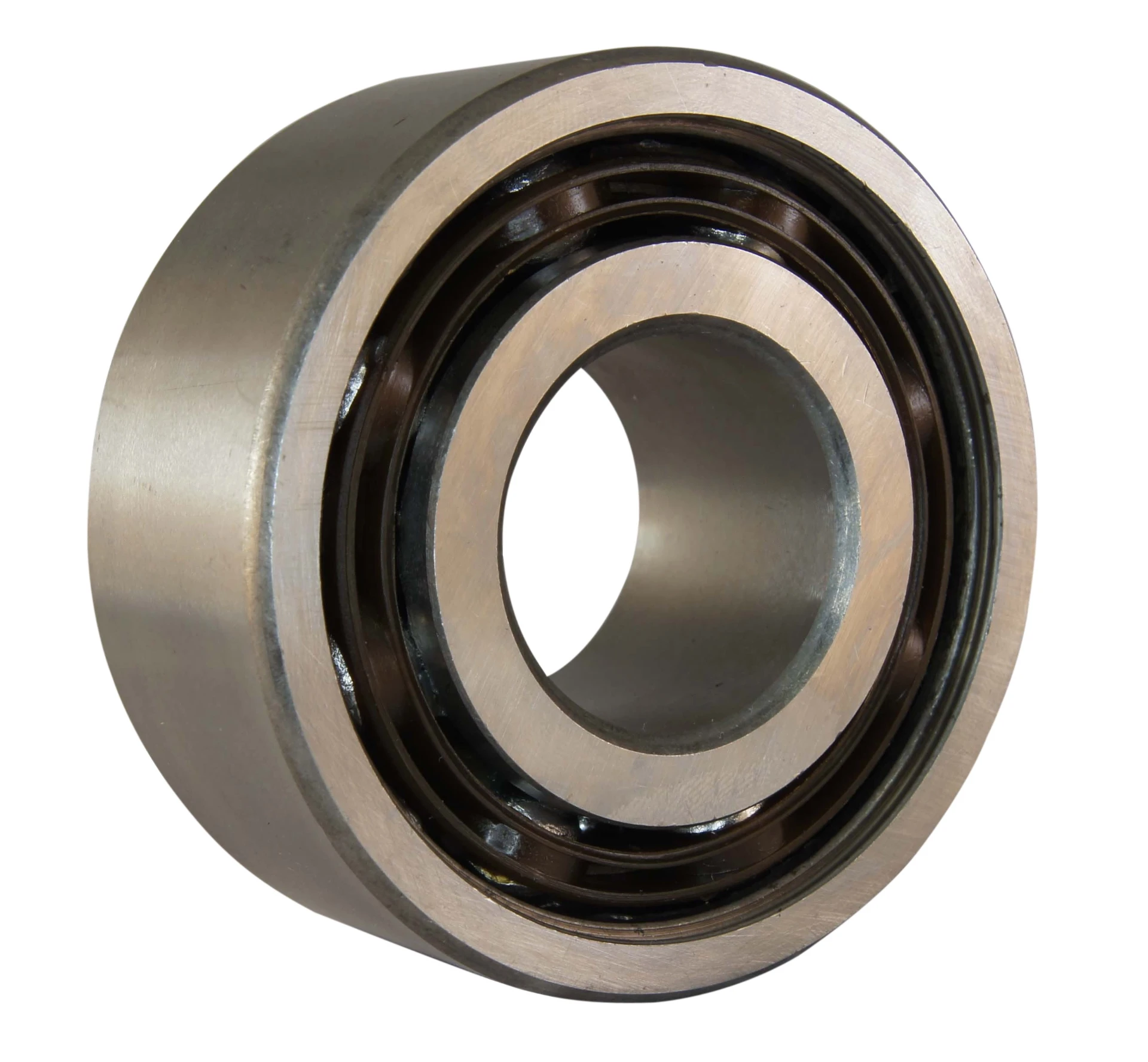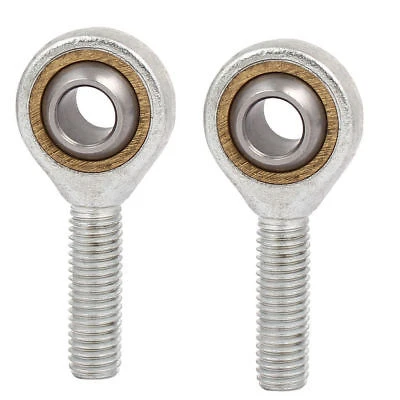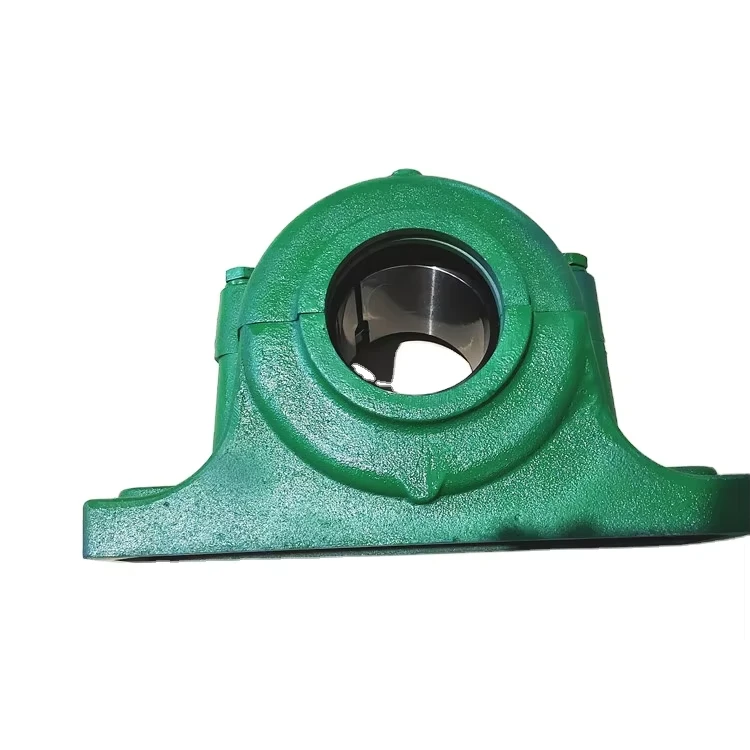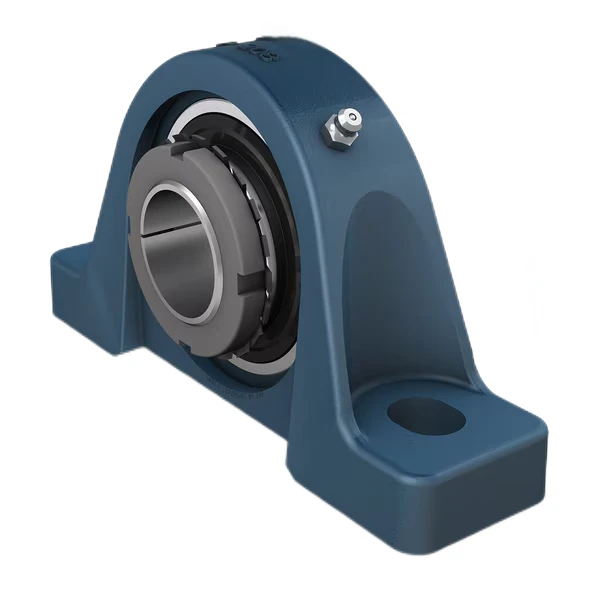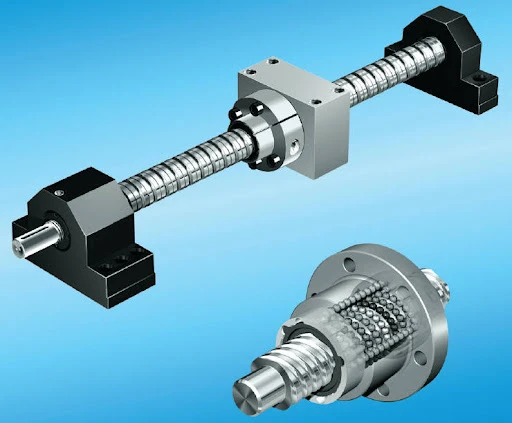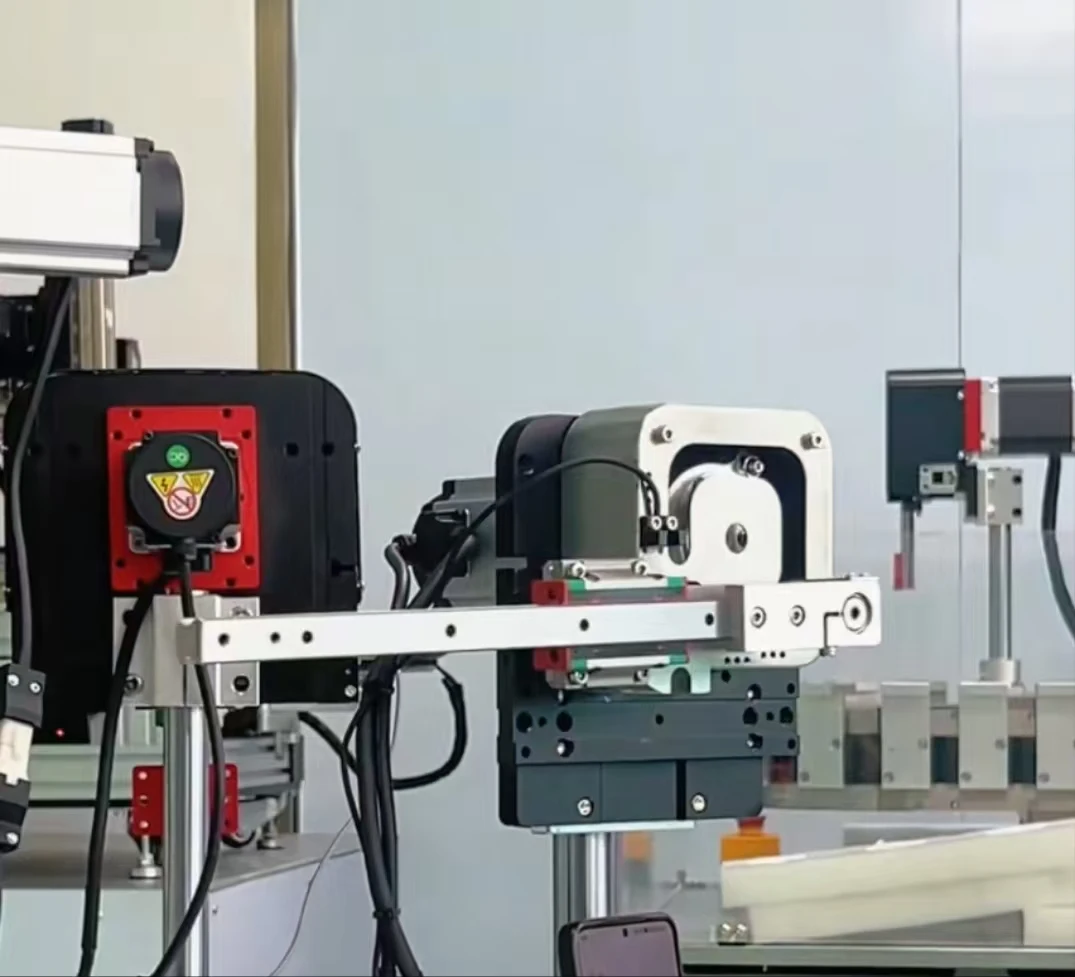Angular Contact Ball Bearing
 Characteristics
Characteristics
1. High precision: it can provide high rotation accuracy and low vibration noise.
2. High load capacity: can withstand large radial and axial loads.
3. Good high-speed performance: adapt to the working conditions of high-speed rotation.
4. Adjustable clearance: the bearing clearance can be adjusted by pre-tightening to improve rotation accuracy and rigidity.
 Classification
Classification
1. Single row angular contact ball bearings: can only withstand the axial load in one direction.
2. Double row angular contact ball bearings: can withstand two-way axial load.
3. Four-point contact ball bearing: can withstand two-way axial load and radial load.
 Basic Parameters
Basic Parameters
1. Inner diameter, outer diameter and width: determine the mounting size of the bearing.
2. Contact Angle: affects the bearing's ability to withstand axial and radial loads.
3. Rated dynamic load and rated static load: indicates the bearing capacity under different working conditions.
4. Limit speed: the highest speed at which the bearing can operate safely.
 The Working Principle
The Working Principle
Angular contact ball bearings mainly rely on rolling between the inner and outer ring raceways to achieve rotation. When bearing radial load, radial force is generated between rolling element and raceway. When bearing axial load, axial force is generated between rolling element and raceway. Through reasonable design of the contact Angle and the number and size of the rolling element, the bearing can maintain stable operation when bearing loads in different directions.
 Application fields
Application fields
1. Machine spindle: high precision, high speed and high rigidity are required, and angular contact ball bearings can meet these requirements.
2. Motor: as a supporting part of the motor, to ensure the stable operation of the motor.
3. Automobile: used for automobile transmission, wheel hub and other parts.
4. Aerospace: It plays an important role in key parts such as aircraft engines and landing gear.
5. Precision instruments: such as measuring instruments, optical instruments, etc., need high-precision bearings to ensure measurement accuracy and instrument stability.
- Previous: Thrust Ball Bearing
- Next: Self-aligning Ball Bearing
RELATED PRODUCTS


